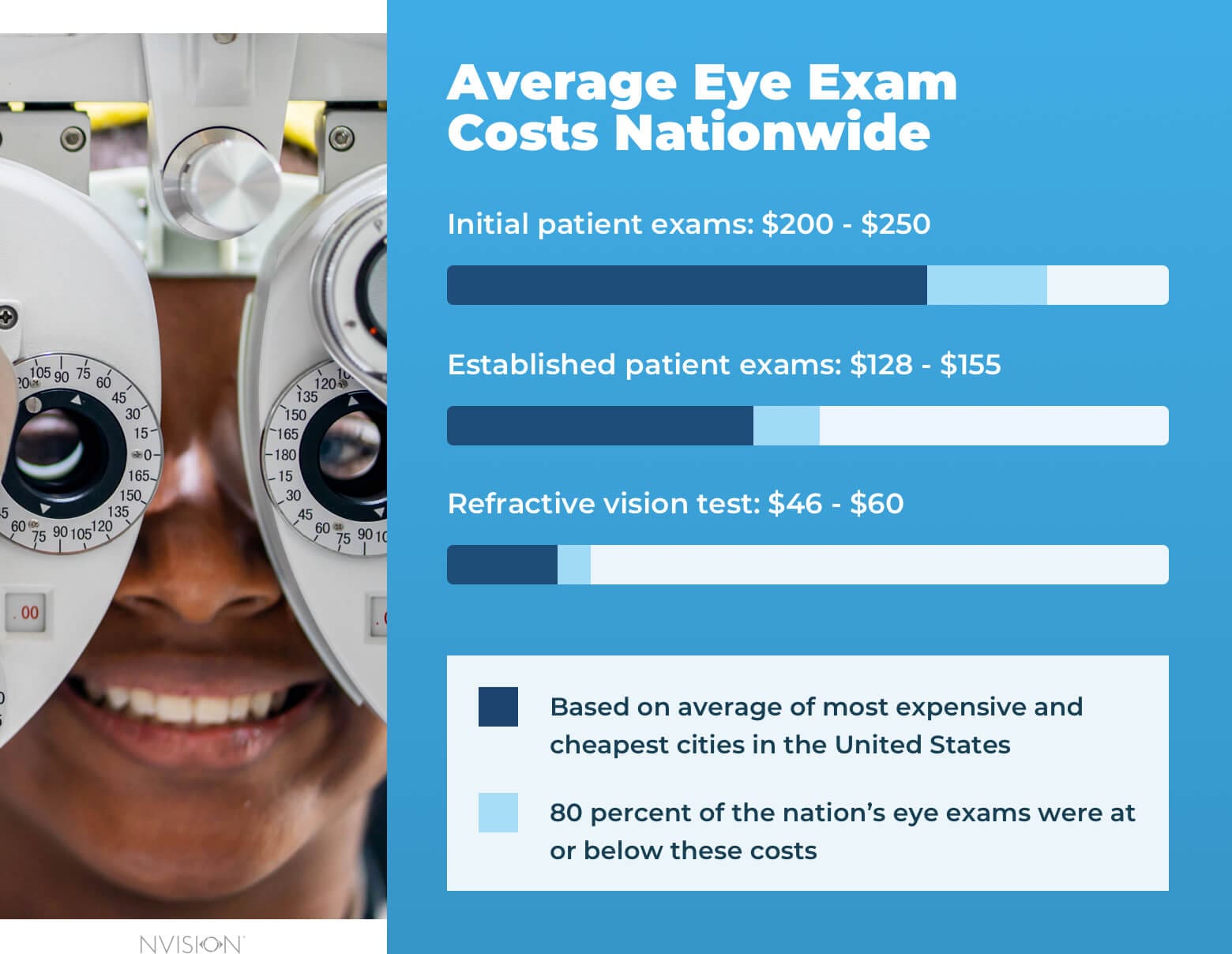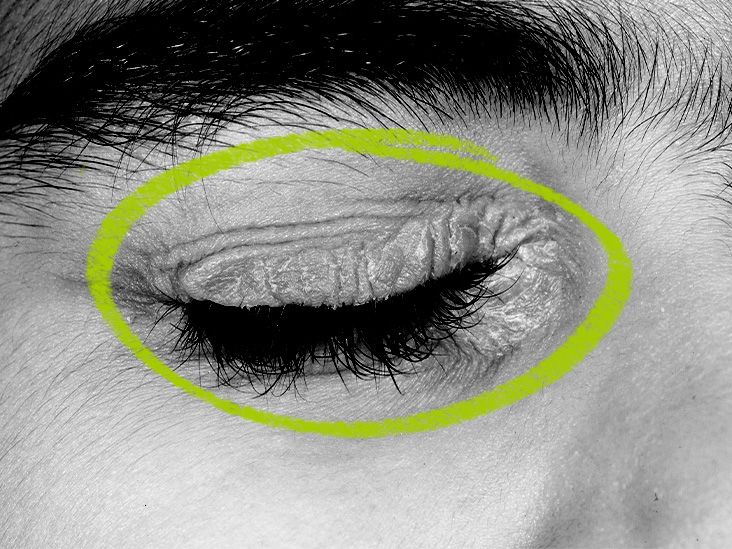Suffering from blurry or distorted vision? You may have astigmatism, a common eye condition that can be easily corrected with eyeglasses or contact lenses. Astigmatism occurs when the cornea, the clear outer layer of the eye, is not perfectly round. This causes light to focus unevenly on the retina, resulting in blurred vision.
Editor’s Note: This up-to-date guide on “eye astigmatism glasses” was published on [Date] to provide valuable information on this topic.
To help you make the right decision about your eye care, we’ve done the research and put together this comprehensive guide to astigmatism glasses. We’ll cover everything you need to know, from symptoms and diagnosis to treatment options and lifestyle tips.
Key Differences:
| Feature | Eyeglasses | Contact Lenses |
|---|---|---|
| Cost | More affordable | More expensive |
| Convenience | Easy to put on and take off | Requires more care and maintenance |
| Comfort | Can be uncomfortable for some people | More comfortable for most people |
Main Article Topics:
- Symptoms of Astigmatism
- Diagnosis of Astigmatism
- Treatment Options for Astigmatism
- Lifestyle Tips for Astigmatism
Eye Astigmatism Glasses
Astigmatism is a common eye condition that can cause blurred or distorted vision. It occurs when the cornea, the clear outer layer of the eye, is not perfectly round. This causes light to focus unevenly on the retina, resulting in blurred vision. Astigmatism can be corrected with eyeglasses or contact lenses.
- Symptoms: Blurry or distorted vision, difficulty seeing at night, headaches, eye strain
- Diagnosis: Eye exam, corneal topography
- Treatment: Eyeglasses, contact lenses, surgery
- Types of eyeglasses: Single vision lenses, progressive lenses, bifocals, trifocals
- Types of contact lenses: Soft contact lenses, hard contact lenses, gas permeable contact lenses
- Materials: Glass, plastic, polycarbonate
- Coatings: Anti-scratch coating, anti-glare coating, UV protection coating
- Fit: Proper fit is essential for comfort and vision correction
When choosing eyeglasses for astigmatism, it is important to consider the following factors: the type of lenses, the material of the lenses, the coatings on the lenses, and the fit of the glasses. With so many options available, it is important to talk to your eye doctor to determine the best eyeglasses for your individual needs.
Symptoms
These are all common symptoms of astigmatism, a condition that occurs when the cornea, the clear outer layer of the eye, is not perfectly round. This causes light to focus unevenly on the retina, resulting in blurred or distorted vision. Astigmatism can also cause difficulty seeing at night, headaches, and eye strain.
- Blurry or distorted vision: This is the most common symptom of astigmatism. It can make it difficult to see objects clearly, both near and far.
- Difficulty seeing at night: Astigmatism can make it difficult to see in low-light conditions, such as when driving at night or reading in dim light.
- Headaches: Astigmatism can cause headaches, especially after.
- Eye strain: Astigmatism can also cause eye strain, which can lead to symptoms such as burning, itching, and watering eyes.
If you are experiencing any of these symptoms, it is important to see an eye doctor to rule out astigmatism and other potential eye conditions.
Diagnosis
An eye exam is a comprehensive examination of the eyes performed by an eye doctor to assess overall eye health and vision quality. During an eye exam, the doctor will perform a variety of tests, including a visual acuity test, a refraction test, and a corneal topography test.
Corneal topography is a non-invasive imaging test that measures the shape and curvature of the cornea. This test is used to diagnose astigmatism and other corneal irregularities. The results of the corneal topography test can be used to create custom eyeglasses or contact lenses that correct for astigmatism.
Corneal topography is an important part of the diagnosis of astigmatism because it allows the doctor to determine the severity and axis of the astigmatism. This information is necessary to prescribe the correct eyeglasses or contact lenses.
Here is a table summarizing the key points about the diagnosis of astigmatism:
| Test | Purpose |
|---|---|
| Visual acuity test | Measures how well you can see |
| Refraction test | Determines the type and amount of refractive error (nearsightedness, farsightedness, or astigmatism) |
| Corneal topography | Measures the shape and curvature of the cornea |
If you are experiencing symptoms of astigmatism, such as blurry or distorted vision, difficulty seeing at night, headaches, or eye strain, it is important to see an eye doctor for a comprehensive eye exam. Early diagnosis and treatment of astigmatism can help to prevent vision problems from developing.
Treatment
Eyeglasses, contact lenses, and surgery are the three main treatment options for astigmatism. Eyeglasses and contact lenses are the most common treatments, as they are non-invasive and relatively affordable. Surgery is a more invasive and expensive option, but it can provide a permanent correction for astigmatism.
- Eyeglasses: Eyeglasses are the most common treatment for astigmatism. They are relatively affordable and easy to use. Eyeglasses work by bending light before it enters the eye, which corrects the refractive error caused by astigmatism.
- Contact lenses: Contact lenses are another common treatment for astigmatism. They are more expensive than eyeglasses, but they offer a wider field of vision and are less likely to fog up or get dirty. Contact lenses work by resting on the surface of the eye, which corrects the refractive error caused by astigmatism.
- Surgery: Surgery is a more invasive and expensive treatment for astigmatism, but it can provide a permanent correction. Surgery works by reshaping the cornea, which corrects the refractive error caused by astigmatism.
The best treatment for astigmatism depends on the individual patient’s needs and preferences. Eyeglasses and contact lenses are the most common treatments, as they are non-invasive and relatively affordable. Surgery is a more invasive and expensive option, but it can provide a permanent correction for astigmatism.
Types of eyeglasses
Eyeglasses are a common treatment for astigmatism, a condition that causes blurred or distorted vision. Eyeglasses work by bending light before it enters the eye, which corrects the refractive error caused by astigmatism. There are a variety of different types of eyeglasses available, including single vision lenses, progressive lenses, bifocals, and trifocals.
Single vision lenses are the most basic type of eyeglasses. They correct for a single refractive error, such as nearsightedness, farsightedness, or astigmatism. Single vision lenses are available in a variety of materials, including glass, plastic, and polycarbonate.
Progressive lenses are a type of multifocal lens that corrects for multiple refractive errors. Progressive lenses are designed to provide clear vision at all distances, from near to far. Progressive lenses are available in a variety of materials, including glass, plastic, and polycarbonate.
Bifocals are a type of multifocal lens that has two different focal points. Bifocals are typically used to correct for nearsightedness and farsightedness. Bifocals are available in a variety of materials, including glass, plastic, and polycarbonate.
Trifocals are a type of multifocal lens that has three different focal points. Trifocals are typically used to correct for nearsightedness, farsightedness, and presbyopia. Trifocals are available in a variety of materials, including glass, plastic, and polycarbonate.
The type of eyeglasses that is best for you depends on your individual needs and preferences. If you have astigmatism, you will need eyeglasses that are specifically designed to correct for this condition. Your eye doctor can help you choose the right type of eyeglasses for your needs.
Table: Types of Eyeglasses for Astigmatism
| Type of Eyeglasses | Description |
|---|---|
| Single vision lenses | Corrects for a single refractive error, such as nearsightedness, farsightedness, or astigmatism. |
| Progressive lenses | Corrects for multiple refractive errors, providing clear vision at all distances. |
| Bifocals | Corrects for nearsightedness and farsightedness. |
| Trifocals | Corrects for nearsightedness, farsightedness, and presbyopia. |
Types of contact lenses
Contact lenses are a common treatment for astigmatism, a condition that causes blurred or distorted vision. Contact lenses work by resting on the surface of the eye, which corrects the refractive error caused by astigmatism. There are a variety of different types of contact lenses available, including soft contact lenses, hard contact lenses, and gas permeable contact lenses.
- Soft contact lenses are the most common type of contact lenses. They are made of a soft, flexible material that is comfortable to wear. Soft contact lenses are available in a variety of shapes and sizes, so they can be customized to fit your eyes perfectly.
- Hard contact lenses are made of a rigid material that is less flexible than soft contact lenses. Hard contact lenses are more durable than soft contact lenses, but they can also be less comfortable to wear. Hard contact lenses are typically used to correct for more severe cases of astigmatism.
- Gas permeable contact lenses are made of a rigid material that allows oxygen to pass through the lens. This makes gas permeable contact lenses more comfortable to wear than hard contact lenses. Gas permeable contact lenses are also more durable than soft contact lenses.
The type of contact lenses that is best for you depends on your individual needs and preferences. If you have astigmatism, you will need contact lenses that are specifically designed to correct for this condition. Your eye doctor can help you choose the right type of contact lenses for your needs.
Materials
The choice of material for eye astigmatism glasses depends on a number of factors, including the wearer’s lifestyle, budget, and personal preferences. Each material has its own unique advantages and disadvantages.
- Glass: Glass lenses are the most durable and scratch-resistant option, but they are also the heaviest and most expensive. Glass lenses can be made with a variety of tints and coatings to improve their performance.
- Plastic: Plastic lenses are lighter and less expensive than glass lenses, but they are also more prone to scratching. Plastic lenses are available in a variety of colors and styles, making them a good choice for people who want to express their personal style.
- Polycarbonate: Polycarbonate lenses are the most impact-resistant option, making them a good choice for people who are active or who have children. Polycarbonate lenses are also lightweight and relatively inexpensive.
Ultimately, the best material for eye astigmatism glasses depends on the individual wearer’s needs and preferences. An eye doctor can help you choose the right material for your glasses.
Coatings
Coatings are an important part of eye astigmatism glasses. They can improve the performance of the lenses and make them more comfortable to wear.
Anti-scratch coating helps to protect the lenses from scratches. This is important because scratches can scatter light and make it more difficult to see clearly. Anti-scratch coating can also help to extend the life of the lenses.
Anti-glare coating helps to reduce glare from bright lights. This can be helpful when driving at night or working in bright conditions. Anti-glare coating can also make it easier to see in low-light conditions.
UV protection coating helps to protect the eyes from harmful UV rays. UV rays can damage the eyes and lead to cataracts and other eye problems. UV protection coating is important for everyone, but it is especially important for people who spend a lot of time outdoors.
Here is a table summarizing the key points about coatings for eye astigmatism glasses:
| Coating | Benefits |
|---|---|
| Anti-scratch coating | Protects the lenses from scratches |
| Anti-glare coating | Reduces glare from bright lights |
| UV protection coating | Protects the eyes from harmful UV rays |
If you are considering getting eye astigmatism glasses, be sure to ask your eye doctor about coatings. Coatings can improve the performance of the lenses and make them more comfortable to wear.
Fit
When it comes to eye astigmatism glasses, proper fit is essential for both comfort and vision correction. Astigmatism is a common eye condition that causes blurred or distorted vision. It is caused by an irregularly shaped cornea, the clear outer layer of the eye. Astigmatism glasses work by correcting the shape of the cornea, allowing light to focus properly on the retina and providing clear vision.
If eye astigmatism glasses do not fit properly, they can cause a number of problems, including:
- Discomfort or pain
- Blurred or distorted vision
- Eye strain or headaches
- Difficulty seeing in low-light conditions
In order to ensure that your eye astigmatism glasses fit properly, it is important to see an eye doctor for a comprehensive eye exam. The eye doctor will measure the shape and size of your eyes and determine the correct prescription for your glasses. The eye doctor will also make sure that the glasses fit properly on your face.
Properly fitted eye astigmatism glasses can make a significant difference in your vision and quality of life. If you have astigmatism, it is important to see an eye doctor to discuss your treatment options and find the best glasses for your needs.
| Benefits of Proper Fit | Consequences of Improper Fit |
|---|---|
| Comfort | Discomfort or pain |
| Clear vision | Blurred or distorted vision |
| Reduced eye strain | Eye strain or headaches |
| Improved vision in low-light conditions | Difficulty seeing in low-light conditions |
FAQs on Eye Astigmatism Glasses
Eye astigmatism glasses are an essential tool for correcting vision problems caused by astigmatism, a condition that affects the shape of the cornea. Here are answers to some frequently asked questions about eye astigmatism glasses:
Question 1: What are the symptoms of astigmatism?
Astigmatism can cause blurred or distorted vision, difficulty seeing at night, headaches, and eye strain.
Question 2: How do eye astigmatism glasses work?
Eye astigmatism glasses have lenses that are designed to correct the irregular shape of the cornea, allowing light to focus properly on the retina and providing clear vision.
Question 3: What are the different types of eye astigmatism glasses?
There are various types of eye astigmatism glasses, including single vision lenses, progressive lenses, bifocals, and trifocals. Your eye doctor can recommend the best type for your specific needs.
Question 4: What is the best material for eye astigmatism glasses?
The choice of material for eye astigmatism glasses depends on factors such as durability, weight, and cost. Glass lenses are durable and scratch-resistant, plastic lenses are lightweight and affordable, while polycarbonate lenses are impact-resistant.
Question 5: What are the benefits of coatings on eye astigmatism glasses?
Coatings such as anti-scratch, anti-glare, and UV protection coatings can enhance the performance of eye astigmatism glasses by protecting the lenses from scratches, reducing glare, and shielding the eyes from harmful UV rays.
Question 6: How often should I get my eye astigmatism glasses checked?
It is recommended to have your eye astigmatism glasses checked regularly, as your prescription may change over time. Regular eye exams are crucial for maintaining optimal vision health.
Summary: Eye astigmatism glasses are an effective solution for correcting vision problems caused by astigmatism. They come in various types and materials, and coatings can enhance their performance. Regular eye exams are essential to ensure proper fit and prescription accuracy.
Transition to the next article section: For more information on eye care and vision correction, please refer to the following sections…
Tips for Eye Astigmatism Glasses
Astigmatism is a common vision condition that can cause blurred or distorted vision. It is caused by an irregularly shaped cornea, the clear outer layer of the eye. Eye astigmatism glasses are an effective way to correct this condition and improve vision.
If you have astigmatism, here are some tips to help you get the most out of your glasses:
Tip 1: Get regular eye exams. Astigmatism can change over time, so it is important to get regular eye exams to ensure that your prescription is up-to-date.
Tip 2: Choose the right type of glasses. There are different types of eye astigmatism glasses available, so it is important to choose the type that is right for you. Your eye doctor can help you choose the best type of glasses for your needs.
Tip 3: Get the right fit. It is important to make sure that your glasses fit properly. Glasses that are too tight or too loose can cause discomfort and blurred vision.
Tip 4: Keep your glasses clean. Dirty glasses can cause blurred vision and eye irritation. Be sure to clean your glasses regularly with a mild soap and water solution.
Tip 5: Protect your glasses from scratches. Scratches on your glasses can also cause blurred vision. Be sure to store your glasses in a case when you are not wearing them.
Summary: By following these tips, you can get the most out of your eye astigmatism glasses and improve your vision.
Conclusion: Eye astigmatism glasses are an effective way to correct astigmatism and improve vision. By following these tips, you can ensure that your glasses are providing you with the best possible vision correction.
Conclusion
In conclusion, eye astigmatism glasses are an invaluable tool for correcting astigmatism and improving vision. They offer a wide range of options to suit individual needs and preferences, from different lens types to coatings. By understanding the basics of astigmatism and eye astigmatism glasses, individuals can make informed decisions about their eye care.
Regular eye exams are crucial for maintaining optimal vision health and ensuring that eye astigmatism glasses continue to provide the best possible vision correction. With proper care and maintenance, eye astigmatism glasses can significantly enhance the quality of life for individuals with astigmatism.
Youtube Video:



